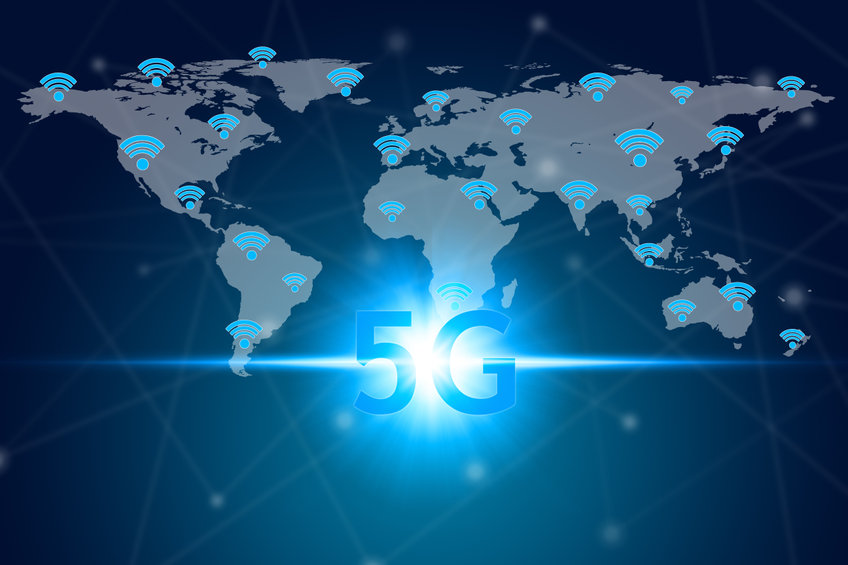Ericsson says more than 20 5G SA networks have already been launched worldwide by the end of 2021
According to the latest version of the Ericsson Mobility Report, the number of global 5G standalone (SA) networks could reach around 40 by the end of 2022.
The report revealed that more than 20 public 5G SA networks were launched in the middle and lower-band by the end of last year.
Ericsson highlighted that China and North America were the first markets where 5G SA was launched, followed by commercial launches in several other markets, including Australia, Japan, South Korea, Singapore, Thailand, Germany and Finland.
The Swedish vendor further noted that installations with 5G SA Mid-Band (TDD) continuous coverage are important for providing a consistent user experience with the many different service offers enabled by SA Architecture.
“The vast majority of commercially launched 5G networks are based on NR non-standalone (NSA) technology, using existing 4G radio access for signaling, and an evolving packet core (EPC) network. However, in many cases it can be used for critical IoT, enterprise and industrial automation only with 5G NR SA and 5G core architecture. In the 5G SA architecture, automatic end-to-end network slicing has been simplified, ensuring quality service (QoS), security and flexibility, in multiple customer segments, ”the report said.
“The possibility of adding new network functionality, faster power scaling, and the ability to run in-service software upgrades will make it possible for service providers to create and deploy new services for automated and customized connections in hours instead of days or weeks. With 5G Core, service providers will be able to provide better network slicing and provide end-to-end service-level agreements (SLAs) to customers. The service exposure and traffic steering functionality introduced in 5G Core will provide additional tools for service difference. “
Ericsson added that 5G SA-compliant devices are becoming increasingly available, accounting for more than half of all announced 5G devices.
In China, SA-enabled has been mandatory for 5G devices since early 2020, and since February 2021, both new and existing 5G devices have been “SA” by default, the vendor said.
“The device ecosystem is also developing support for multiple network slices on commercial smartphones. Separate personal and work profiles may be provided to end users, for example, one slice for generic mobile broadband traffic, one for services such as gaming, and one or more slices for enterprise applications such as video conferencing and collaboration. This functionality will only be supported in the 5G SA architecture, ”Ericsson reports.
The report further predicts that global 5G subscriptions will cross one billion milestones by the end of this year.
By 2027, 5G will account for 90% of total subscriptions in North America, 82% in Western Europe, 80% in the Gulf Cooperation Council region and 74% in Northeast Asia, Ericsson estimates.
Ericsson said a total of 210 5G commercial networks were launched worldwide by the end of 2021, with coverage of the 5G population reaching about 25 percent by the end of last year.












